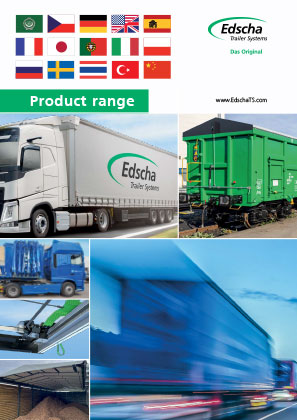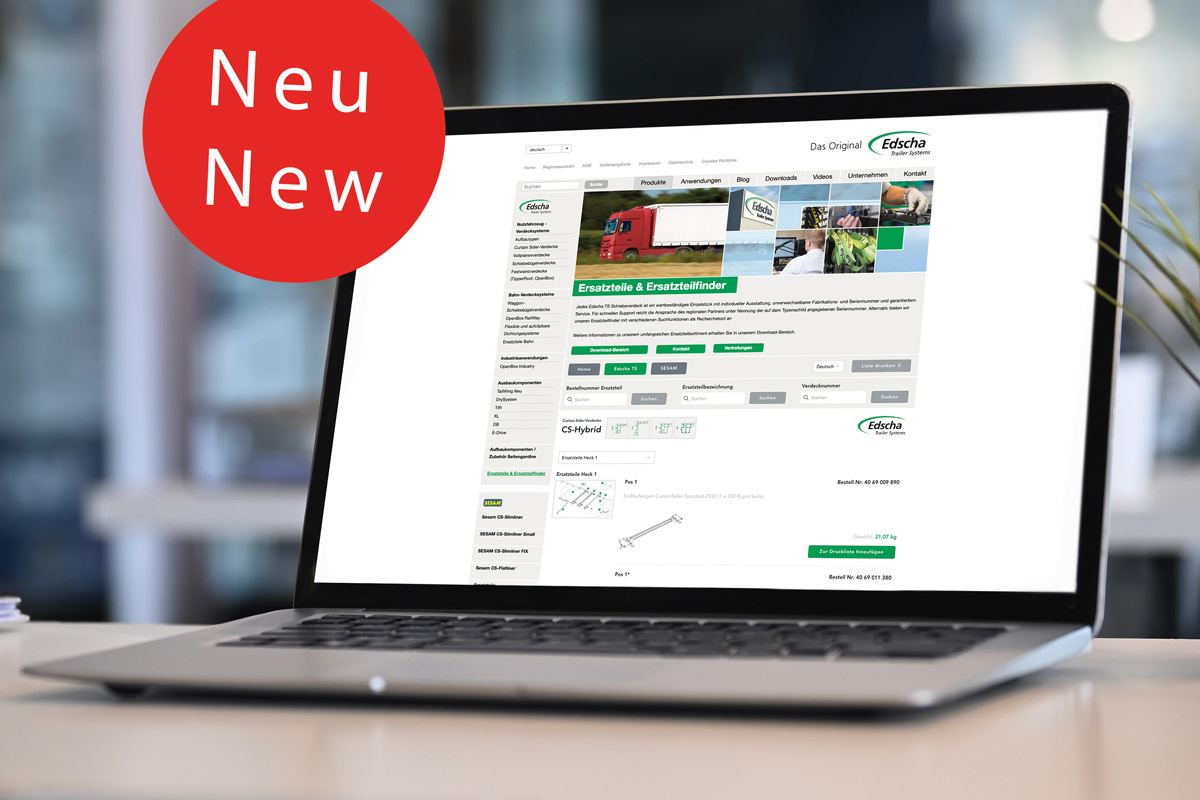Broad playing field
Telematics is a technology that intelligently links the fields of telecommunications and information technology. The aim is, among other things, to communicate more easily, to make data (especially life/real data) more readily available or to evaluate it, to organise in a more targeted manner or to react more quickly. In addition, data protection plays an important role. This also applies to other important economic sectors where telematics plays an important role, such as transport, facility management, e-commerce, e-learning or, for example, security.
Managing locations and vehicles
Whether it is a smaller or a larger fleet: there is a telematics solution on the market for every need. But it will always be a solution tailored to the individual logistics company. In addition to the size of the company, other components also play a role. Decisive factors can be, for example, which load is transported on which route, how flexibly drivers and vehicles are to be organised or how quickly and punctually a customer must be supplied. A good example of what telematics systems can achieve is, for example, the monitoring of routes and thus the control of individual or all vehicles in the fleet. If a truck breaks down, a replacement can be provided quickly. If a customer requests additional loading volume, it can be checked where and how this can be organised. The overview of the location of the respective vehicles provided by the system helps with perfect organisation and flexible reaction when situations arise that need to be managed quickly. In principle, a telematics system must provide real-time information from the first order transactions to the completion of the order. The aim is to make transport and delivery routes even more transparent.

Ice-cold monitoring
But telematics solutions can do more than just monitor and organise. They can also provide essential information about the cargo. Refrigerated trucks are one such example. In addition to other data, the temperature in the cargo hold is measured in particular. If this rises above a certain level, the alarm bells literally ring at the front of the driver. Such temperature data can also be retrieved via sensors from various truck positions on the loading area. A similar scenario applies to all vehicles that transport chemical substances or other hazardous materials, for example. Sensors keep both the driver and the control centre informed at all times. Such information can also be used to organise measures aimed at the sustainability of transports. After all, the transport sector is the second largest producer of carbon dioxide emissions after the construction industry.
Prepared for everything
As a rule, telematics applications are not "off the shelf" solutions. They are specifically developed, built and applied. Therefore, the soft top hardware must be prepared for the soft top software. Edscha TS, market leader in the field of innovative soft top systems, knows from customer projects about intelligent interfaces that make the application of telematics systems useful. The company thus offers optimal and flexible solutions for all types of load carriers with tarpaulin covers. For example, status displays for the driver can be implemented quickly and easily to provide information about the status of the sliding tarpaulin (open or closed). Edscha TS drive systems are also made CAN bus compatible for easy possible integration into telematics systems. The CAN bus is a bus system with a data transmission speed of up to 1 Mbit/s that enables serial data exchange between control units. In addition, the drive systems are equipped with BT (BlueTooth). Points for attaching energy supplies are also conceivable, as well as TAGs and other sensors for recording operating states. In general, sensors are an important pivotal point for the collection of certain information. This can be information about the cargo or the monitoring of data for certain cargo goods (freshness, quality). Applications that concern maintenance are also interesting. For example, certain parts of the canopy system that are subject to particular wear can be monitored. In this way, damage can be detected at an early stage and parts replaced.
Telematics for the logistics future
There are hardly any limits to telematics ideas with "brains". Many telematics systems have been developed from practical experience for practical use. The foreseeable future developments in logistics will cause the demand for corresponding systems to grow very quickly. Canopy manufacturers like Edscha TS will continue to work on the development of telematics applications tailored to their systems. Wherever this involves the realisation of even unusual ideas, Edscha TS will be a competent partner at your side.






